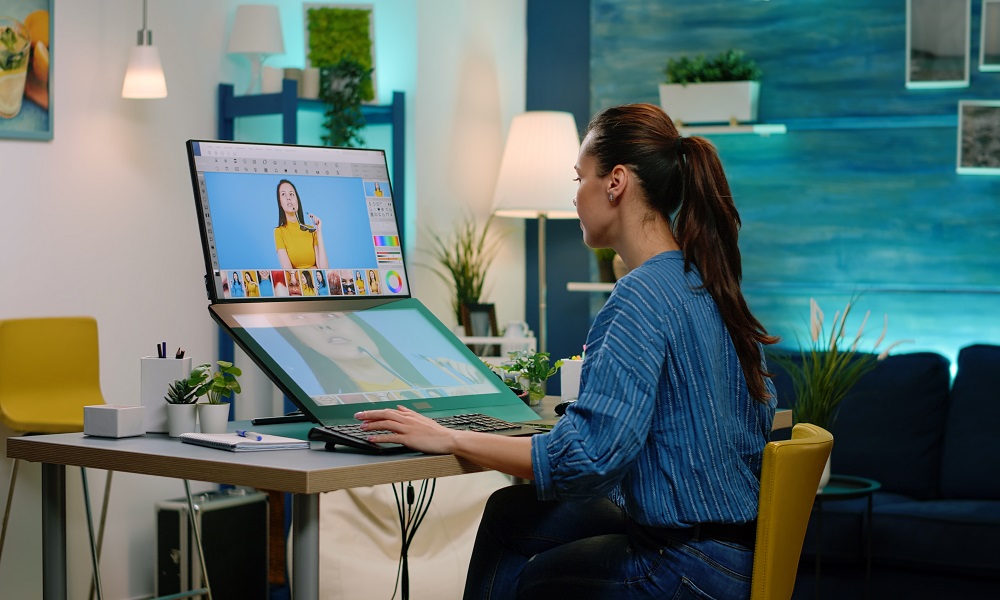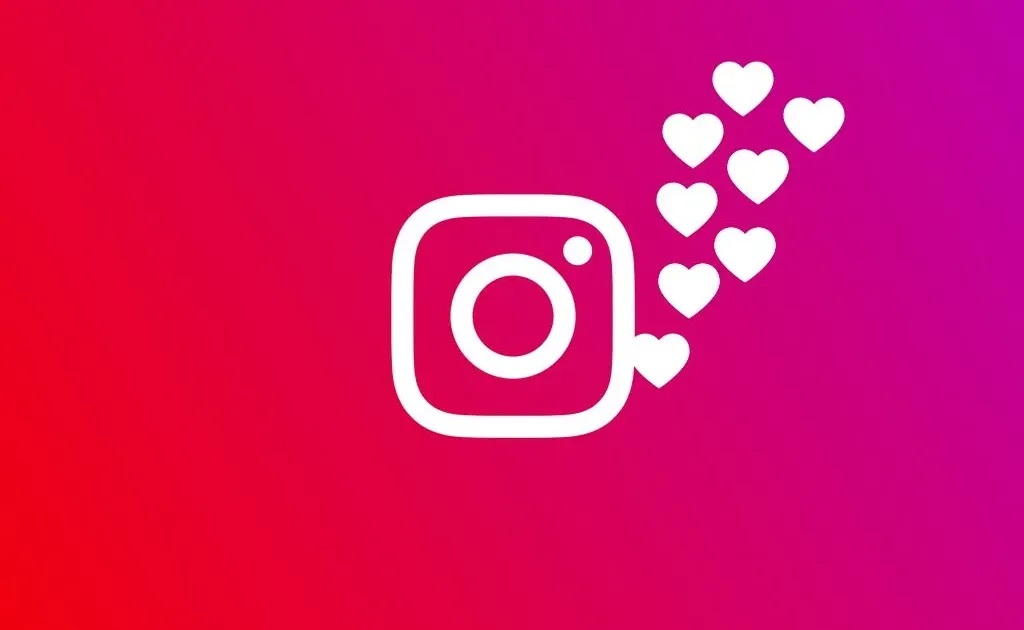Graphic Design Schools play a crucial role in shaping the next generation of visual storytellers.
These institutions are more than just classrooms filled with Macs and mood boards — they’re launchpads for creative thinkers who want to turn ideas into impact.
But what happens when talent exists outside traditional access routes?
The Hidden Potential of Undocumented Creatives
Across the United States, there’s a growing community of undocumented artists with raw skill, unique perspectives, and stories worth telling.
Many of them grew up sketching logos on notebook covers or experimenting with typography on cracked laptop screens.
Yet, when it comes time to apply to design schools, financial and legal barriers often close doors before they can even knock.
A student named Ana, who grew up in Los Angeles, once shared how she designed posters for local cultural events but couldn’t afford tuition at a major art school.
Instead, she taught herself Photoshop through YouTube tutorials and freelanced quietly under pseudonyms.
Stories like hers are a reminder: creativity isn’t bound by paperwork, but opportunities often are.
To bridge this divide, schools and professional networks need to work together to provide alternative paths — not just degrees.
Graphic Design Schools that build flexible programs, community partnerships, and portfolio-based scholarships can make education more inclusive while elevating the industry’s diversity and innovation.
Building Bridges Through Creative Collaboration
Imagine a scenario where HSP Networks — known for connecting creative professionals — partners directly with leading design schools.
The collaboration could open mentorship programs, cross-border workshops, and inclusive portfolios that don’t rely solely on legal status.
Instead of emphasizing student IDs, they’d focus on ideas, execution, and cultural storytelling.
Schools could offer hybrid programs where undocumented students learn remotely, get mentorship online, and showcase their work in digital exhibitions.
These experiences wouldn’t just help students build confidence — they’d allow them to contribute their voice to global design conversations.
Such partnerships could mirror how tech accelerators nurture startups.
Instead of funding prototypes, they’d invest in creative human potential.
Redefining Access in the Design Education Landscape
Access isn’t just about admission; it’s about belonging.
When students feel represented in classrooms, curricula, and faculty, their creativity flourishes.
Graphic design is, at its heart, visual communication — and that means it thrives on diverse perspectives.
Collaborations could include:
- Scholarship funds are supported by alumni and local businesses.
- Virtual design studios that showcase immigrant and undocumented artists.
- Mentorship circles pair professionals with emerging creatives regardless of status.
By embedding inclusivity into their DNA, schools can set an example for how education and social responsibility can coexist.
Real Stories, Real Impact
One small design college in California once hosted an “Open Studio for All” event where participants didn’t need to show ID — only a portfolio.
The turnout was staggering: artists from different backgrounds filled the hall with illustrations, digital posters, and brand mockups inspired by their cultural roots.
Faculty members were stunned by the depth of creativity and self-expression.
A handful of those attendees later received partial scholarships through community sponsorships.
When education becomes more about contribution than classification, the results speak for themselves.
Equipping Students for a Global Industry
The design world doesn’t exist in isolation.
Remote collaboration, freelance opportunities, and digital portfolios have blurred the borders that once defined creative work.
Undocumented designers can work with clients across the globe through online platforms, often bypassing the traditional gatekeeping that comes with physical institutions.
If Graphic Design Schools integrate modules that teach self-employment, client communication, and online brand building, they can prepare all students — regardless of background — to succeed in this evolving landscape.
Think about the impact of teaching students how to pitch on Behance, build websites on WordPress, or create digital products for e-commerce.
Practical skills translate into independence, and independence is the foundation of empowerment.
Why Collaboration Matters More Than Ever
The gap between talent and opportunity has never been wider — but technology is closing it fast.
HSP Networks could serve as the connective tissue between academia and the freelance economy, creating mentorship pipelines and career accelerators tailored to marginalized creators.
By sharing resources, both entities stand to benefit:
- Schools expand their social impact and global reach.
- Networks gain access to a new pool of visionary artists.
- Students receive visibility, mentorship, and access to real-world projects.
This cycle doesn’t just improve job outcomes; it redefines what “career readiness” means in a creative economy driven by empathy and innovation.
Practical Steps Toward Inclusive Design Education
To make these ideas tangible, schools can start small:
- Create community scholarships funded by local design agencies or alumni who want to give back.
- Offer certification courses that don’t require citizenship proof, focusing on skills like branding, UI/UX, or motion design.
- Host open competitions where winners earn mentorship and internships rather than cash awards.
- Promote anonymous portfolios to eliminate bias in admissions or hiring.
Even minor shifts in admission and program design can unlock immense creative potential hidden in plain sight.
A Future Built on Storytelling and Solidarity
At the end of the day, design is about storytelling — and no one tells stories like those who’ve had to fight to be heard.
When schools empower undocumented creatives, they’re not just teaching them Photoshop or color theory.
They’re equipping them to tell visual stories that challenge stereotypes, humanize experiences, and shape public perception.
The collaboration between academic institutions and professional networks like HSP could be the key to unlocking a new wave of design that’s bold, human-centered, and globally relevant.
Ana, the self-taught designer mentioned earlier, eventually found her way into a mentorship program.
Today, she works remotely for a design agency in Mexico City, creating brand identities for sustainable startups.
She once said, “I didn’t need permission to create — I just needed someone to believe in my work.”
That’s exactly what these partnerships can achieve: belief as a bridge to opportunity.
Conclusion: Designing a Borderless Future
Graphic Design Schools have the power to redefine what creative education means in the modern world.
By collaborating with networks that embrace inclusivity, they can build ecosystems where undocumented artists are seen, supported, and celebrated.
In a world increasingly driven by visuals, no story — and no creator — should remain unseen.
Because when creativity is shared without barriers, design becomes what it was always meant to be: a universal language of expression, identity, and hope.





